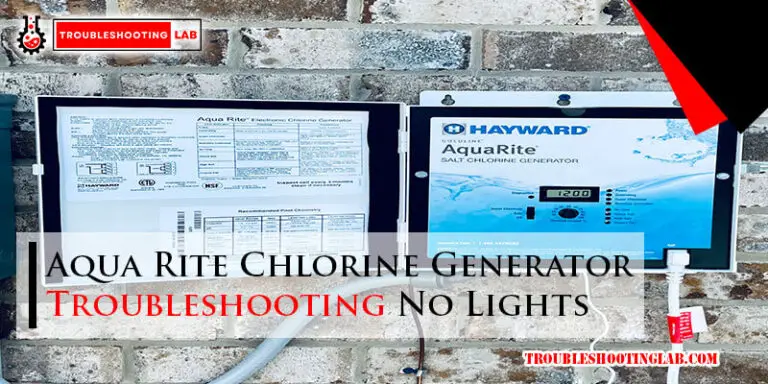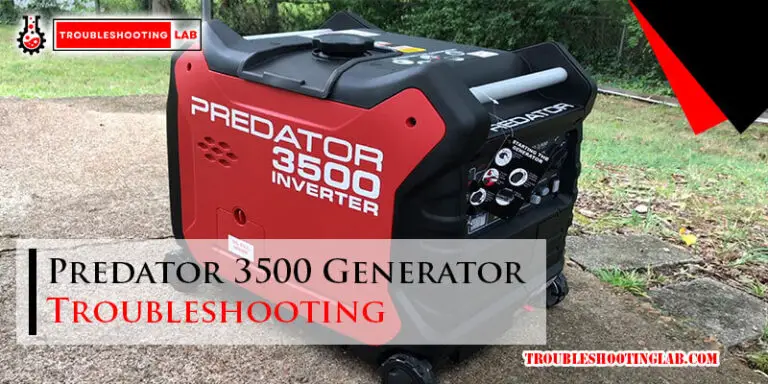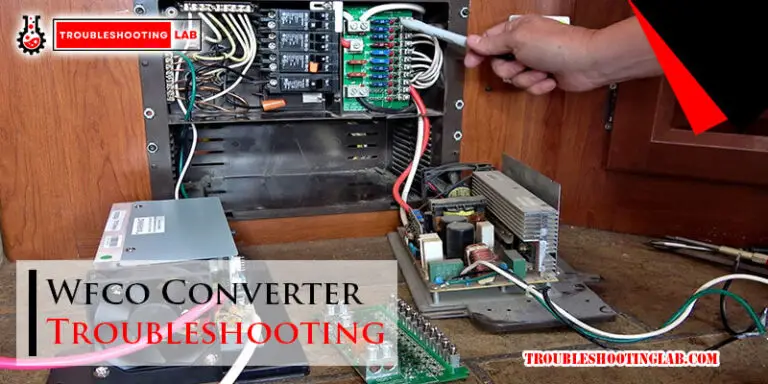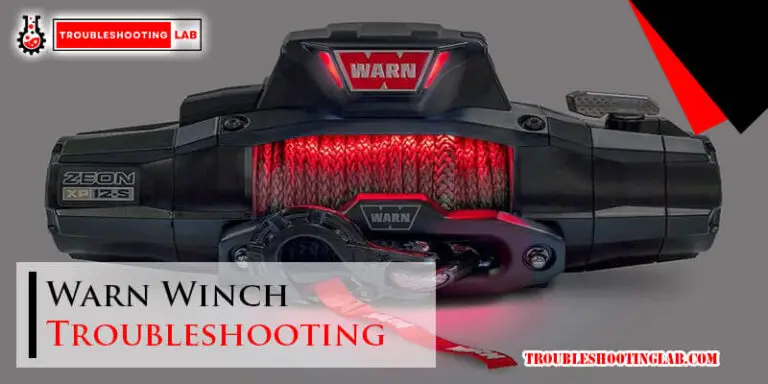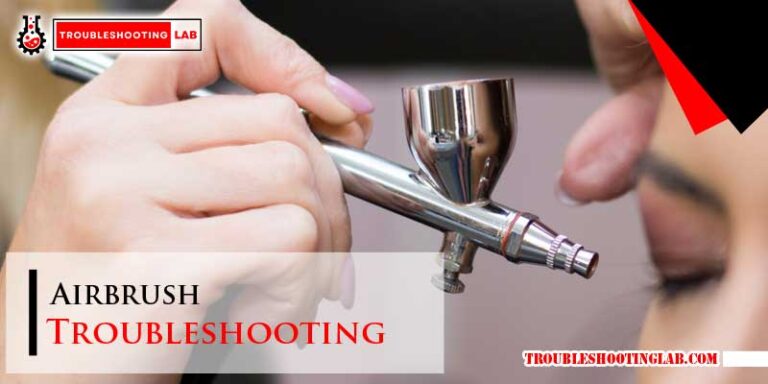Starter Motor Troubleshooting Symptoms: Fix Issues Quickly
Starter motor issues can be frustrating. They can leave you stranded.
Identifying symptoms early helps prevent bigger problems. Starter motors are essential for your car’s engine to start. When they fail, it’s crucial to know the signs. Common symptoms include unusual noises, slow engine cranking, or no response when turning the key.
Understanding these symptoms can save you time and money on repairs. This guide will help you recognize and troubleshoot starter motor issues. You’ll learn the causes behind these symptoms and how to address them. By the end, you’ll have a better grasp of what to look for and how to fix it. Keep reading to ensure your car starts smoothly every time.
Common Starter Motor Problems

Experiencing issues with your car’s starter motor can be frustrating. Understanding common starter motor problems can help you diagnose and fix the issue faster. Let’s dive into some typical problems that you might face with your starter motor.
No Response From Starter
A no response from the starter can be a clear sign of trouble. If you turn the key and nothing happens, it might be due to:
- A dead battery
- Loose or corroded battery cables
- A faulty ignition switch
- A blown fuse
Check these components first. Make sure the battery is charged and the cables are clean and tight.
Intermittent Starting Issues
Intermittent starting issues can be tricky. Sometimes the car starts, other times it doesn’t. Common causes include:
- Worn-out brushes in the starter motor
- A faulty starter solenoid
- Loose wiring connections
- Heat soak affecting the starter
Inspect these parts to ensure they are in good condition. Tighten any loose connections and replace worn components.
Symptoms Of Starter Motor Failure
The starter motor is an essential part of your vehicle’s ignition system. When it fails, you may face several issues that can prevent your car from starting. Recognizing these symptoms can help you diagnose the problem early and avoid further damage. Below are the most common symptoms of starter motor failure.
Clicking Sound When Turning Key
A frequent sign of starter motor failure is a clicking sound when turning the key. This sound often indicates that the starter motor is trying to engage but lacks the power to turn the engine. The clicking noise can vary in intensity. Sometimes, it might be a single click, while other times, it can be a rapid succession of clicks.
This symptom can result from a faulty solenoid or a dead battery. Ensure that the battery is fully charged before concluding that the starter motor is at fault. If the battery is in good condition, the starter motor might be the problem.
Engine Cranks Slowly
Another common symptom is when the engine cranks slowly. You may notice this when you turn the key, and the engine takes longer than usual to start. A slow crank usually means that the starter motor is not receiving enough power or is worn out.
This issue can also be caused by corroded connections or damaged wiring. Check the battery terminals and cables for any signs of corrosion. If they are clean and the issue persists, the starter motor may need replacing.
Below is a table summarizing these symptoms and their potential causes:
| Symptom | Potential Cause |
|---|---|
| Clicking Sound | Faulty Solenoid, Dead Battery |
| Engine Cranks Slowly | Worn Out Starter, Corroded Connections |
Diagnosing Starter Motor Problems
Diagnosing starter motor issues can be tricky. The starter motor is crucial for starting your car. When it fails, you may face various problems. Understanding the symptoms helps in timely troubleshooting.
Checking Battery Voltage
Start by checking the battery voltage. A weak battery can’t power the starter motor. Use a multimeter to measure the voltage. Ensure the battery reads between 12.4 and 12.6 volts. Anything lower indicates a weak or dead battery.
Charge or replace the battery if needed. A good battery ensures proper starter motor function. Regularly check the battery to avoid unexpected issues.
Inspecting Starter Connections
Next, inspect the starter connections. Loose or corroded connections can cause problems. Check the battery terminals and clean them if needed. Ensure all connections are tight and secure.
Examine the wiring to the starter motor. Look for any signs of damage or wear. Replace damaged wires to ensure proper connectivity. Good connections are vital for the starter motor to work efficiently.
Tools Needed For Starter Motor Troubleshooting
Starter motor issues can be frustrating. To solve them, you need the right tools. Having the necessary tools makes troubleshooting easier and quicker. Below are some essential tools for troubleshooting starter motor problems.
Multimeter
A multimeter is crucial for testing electrical components. It measures voltage, current, and resistance. This tool helps identify if the battery is sending power to the starter motor. It can also check for any electrical faults in the wiring.
Using a multimeter is simple. Turn the dial to the desired function. Connect the probes to the respective terminals. The reading will show if there is an issue.
Wrench Set
A wrench set is vital for loosening and tightening bolts. Starter motors are secured with bolts that need to be removed for inspection. Different sizes of wrenches ensure you can handle any bolt size.
Wrench sets come in both metric and standard sizes. Ensure you have a complete set. This will save time and effort during the troubleshooting process.
Step-by-step Starter Motor Troubleshooting Guide

Having trouble with your starter motor can be frustrating. This guide simplifies the process. Follow these steps to diagnose the problem. Each step helps you identify possible issues.
Testing The Solenoid
The solenoid is a key part of the starter motor. It receives the electrical signal. This signal starts the motor. To test the solenoid, begin with a visual inspection. Look for any signs of damage. Check the connections. Ensure they are tight and clean.
Next, use a multimeter. Set it to the voltage setting. Place one probe on the solenoid terminal. Place the other probe on the battery terminal. Have someone turn the ignition key. The multimeter should show a voltage reading. No reading? The solenoid might be faulty.
Inspecting The Starter Relay
The starter relay sends power to the starter motor. It acts like a switch. Start by locating the relay. It is usually in the fuse box. Check the relay for any signs of wear or damage. Look for burnt marks or corrosion.
Test the relay with a multimeter. Remove the relay from its socket. Place the multimeter probes on the relay terminals. There should be continuity. No continuity? The relay may need replacement.
By following these steps, you can identify starter motor issues. This guide helps you find the problem. Fix it quickly and efficiently.
DIY Fixes For Starter Motor Problems
Experiencing starter motor issues can be frustrating, especially when you’re in a hurry. Fortunately, some problems can be fixed with a bit of DIY effort. This section will guide you through two common fixes: cleaning corroded connections and replacing worn-out parts. These simple steps can help you get your vehicle back on the road quickly.
Cleaning Corroded Connections
Corroded connections are a common cause of starter motor problems. Dirt and grime can build up over time, causing poor electrical connections. Here’s how to clean them:
- Disconnect the Battery: Always start by disconnecting the negative terminal of the battery to avoid any electrical shock.
- Locate the Starter Motor: Find the starter motor in your vehicle. It’s usually near the engine block.
- Inspect the Connections: Look for any signs of corrosion or dirt on the connections.
- Clean the Connections: Use a wire brush or sandpaper to clean the corroded areas. Ensure all dirt and grime are removed.
- Reconnect the Battery: Once clean, reconnect the battery and test the starter motor.
Cleaning corroded connections can help improve the electrical flow to the starter motor, ensuring your vehicle starts smoothly.
Replacing Worn-out Parts
Over time, parts within the starter motor can wear out, leading to issues. Replacing these parts can be a simple DIY fix. Follow these steps:
- Identify the Problematic Part: Common parts that wear out include the solenoid, brushes, and armature.
- Gather Tools and Replacement Parts: Ensure you have the necessary tools and replacement parts. Check your vehicle’s manual for specifications.
- Remove the Starter Motor: Disconnect the battery and carefully remove the starter motor from the vehicle.
- Disassemble the Starter Motor: Open the starter motor case and inspect the internal components.
- Replace Worn-Out Parts: Replace any damaged or worn-out parts with new ones. Ensure they fit properly.
- Reassemble and Reinstall: Reassemble the starter motor and reinstall it in the vehicle. Reconnect the battery and test the starter.
Replacing worn-out parts can extend the life of your starter motor, saving you money on costly replacements.
When To Consult A Professional
Starter motor problems can disrupt your daily routine. While some issues can be fixed at home, others demand professional attention. Knowing when to seek expert help can save you time and money.
Persistent Starting Issues
If your vehicle has persistent starting issues, it’s time to consult a professional. Repeatedly failing to start is a clear sign of deeper problems. Trying to fix this on your own might worsen the situation.
- Slow Cranking: When the engine cranks slowly, it signals battery or starter motor issues.
- Intermittent Starting: If your car starts sometimes but not always, it’s best to get it checked.
- No Crank, No Start: A dead silence when turning the key? It’s time for a professional inspection.
Complex Electrical Problems
Electrical issues in the starter system can be complex. They often need professional skills and tools to diagnose and fix. Attempting DIY repairs may lead to more damage.
| Symptom | Possible Cause |
|---|---|
| Clicking Sound | Faulty solenoid or wiring issues |
| Grinding Noise | Worn gears or flywheel problems |
| Dim Lights | Battery or alternator issues |
These problems are not only tricky but also dangerous if mishandled. A professional mechanic can safely and accurately diagnose these issues.
Preventive Maintenance Tips
Preventive maintenance helps keep your starter motor in top shape. Regular checks prevent unexpected breakdowns. Here are some key tips to follow.
Regular Battery Checks
A weak battery can affect your starter motor. Check the battery terminals for corrosion. Clean them if needed. Ensure the battery is fully charged. Use a multimeter to check the voltage. It should read between 12.4 and 12.7 volts when the car is off. If the voltage is low, charge or replace the battery. This simple step can prevent many starter issues.
Routine Starter Inspections
Inspect the starter motor regularly. Look for any visible damage. Check the connections for looseness. Tighten them if necessary. Listen for unusual noises when starting the engine. Strange sounds can indicate a problem.
If you hear clicking or grinding, the starter may need attention. Clean the starter motor to remove dirt and grime. This helps maintain its efficiency. Regular inspections can catch problems early and save you from costly repairs.
Frequently Asked Questions
What Are Common Starter Motor Problems?
Common starter motor problems include strange noises, failure to start, and intermittent starting issues.
Why Does My Starter Motor Click?
A clicking sound indicates low battery voltage or a faulty starter solenoid.
How Can I Test My Starter Motor?
Test your starter motor with a multimeter. Check for proper voltage and current flow.
What Causes A Starter Motor To Fail?
Starter motors fail due to wear and tear, electrical issues, or damaged components.
How Do I Know If My Starter Motor Needs Replacement?
If your car won’t start, makes noises, or starts intermittently, your starter motor might need replacement.
Conclusion
Identifying starter motor issues can save you time and money. Listen for unusual sounds. Check for a slow or non-responsive engine. Inspect the connections and battery health. Regular maintenance can prevent most problems. Stay proactive and ensure your vehicle runs smoothly.
If unsure, consult a professional mechanic. Don’t let minor issues turn into major repairs. Keep your vehicle in top condition by staying aware of these symptoms.

